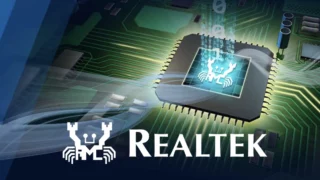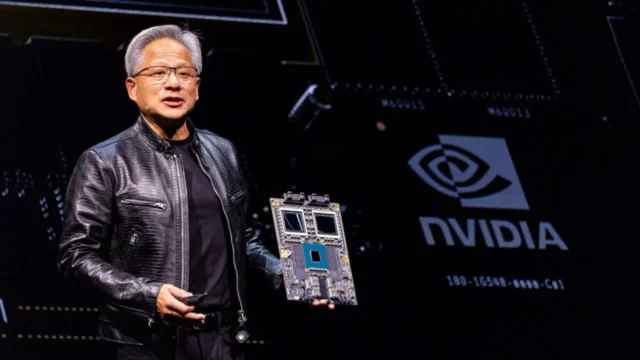Two technology giants, IBM and AMD, have joined forces to develop next-generation hybrid supercomputers by combining quantum computers with high-performance AI chips. This collaboration has the potential to re-establish both companies as major players in the field of generative AI.
AMD and IBM Join Quantum Collaboration
The two companies aim to create a commercially available, scalable, and open-source quantum computer architecture. According to IBM, this new architecture will be more accessible to researchers and developers seeking to solve complex problems such as drug and material discovery, optimization, and logistics.

IBM CEO Arvind Krishna stated that quantum computers will simulate the natural world and present information in a completely new way, while AMD CEO Dr. Lisa Su sees this partnership as a major opportunity to accelerate discovery and innovation.
This hybrid approach enables the use of the most appropriate technology to solve different problems. For example, quantum computers will simulate the behavior of atoms and molecules, while AI-powered classical supercomputers will handle big data analysis.
As part of the partnership, AMD will integrate its CPUs, GPUs, and FPGAs with IBM quantum computers. This integration will support IBM’s vision of delivering fault-tolerant quantum computers by the end of the decade. AMD’s technologies, with their real-time error correction capabilities, will be a critical part of this development.
In its previous collaboration with RIKEN, IBM took the first steps toward integrating quantum and classical computers by connecting IBM Quantum System Two to Fugaku, one of the world’s fastest supercomputers. AMD maintains its leadership in high-performance computing with its Frontier and El Capitan supercomputers.
Later this year, a first demonstration will be held demonstrating how IBM quantum computers integrate with AMD technologies. Furthermore, open-source ecosystems like Qiskit are expected to accelerate the development and deployment of new algorithms using quantum-centric supercomputers.













